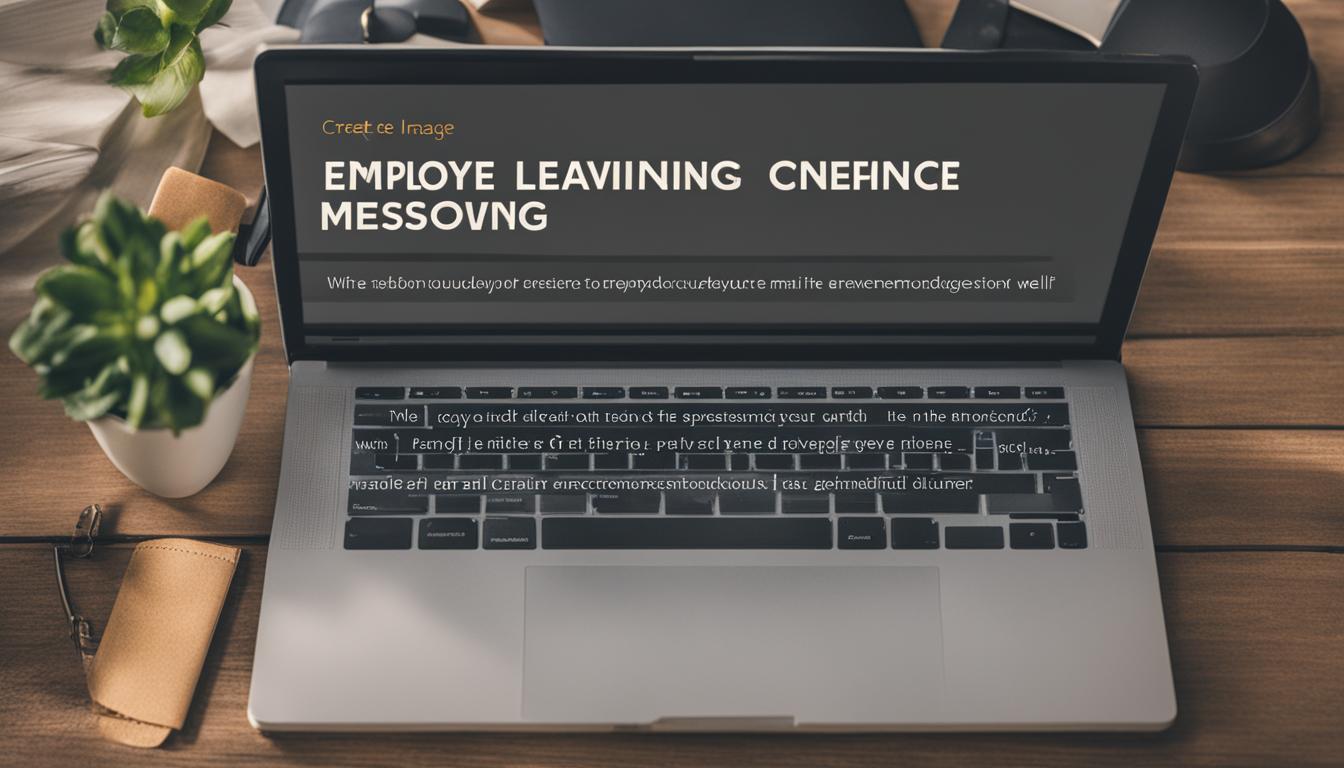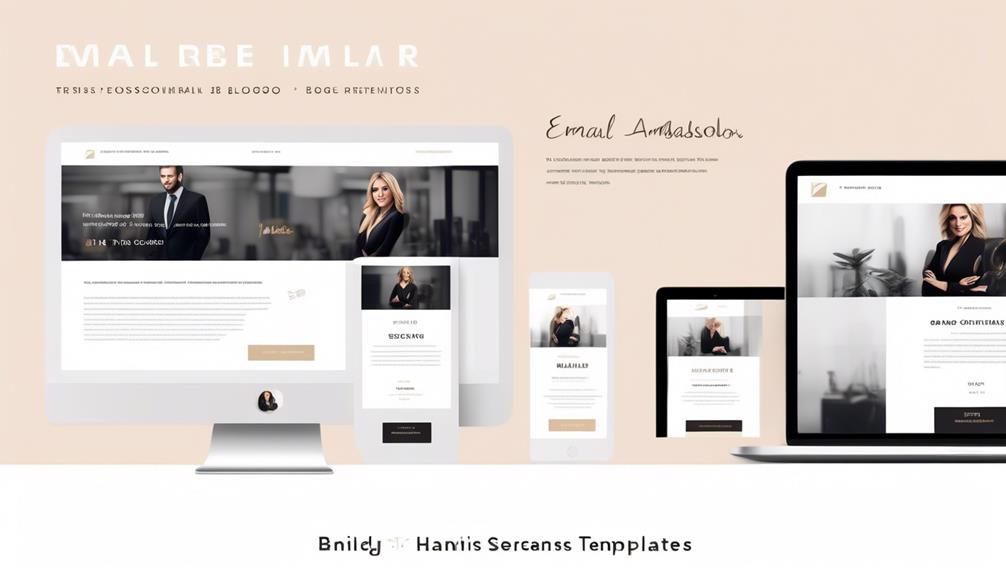To craft an effective testimonial request email that gets great reviews, personalize your message by addressing the customer by name and referencing their recent interaction or purchase. Keep it friendly, concise, and authentic, clearly explaining why their feedback matters. Include a straightforward call-to-action, such as a link to a survey, offer an incentive, and emphasize how their insights help improve your business. If you keep these tips in mind, you’ll discover how to encourage honest, detailed feedback effortlessly.
Key Takeaways
- Personalize the email by addressing the customer by name and referencing their recent purchase to foster connection.
- Clearly explain how their feedback will help improve products and services, emphasizing its importance.
- Keep the message friendly and concise, with a straightforward call-to-action and an easy-to-complete review link.
- Offer incentives like discounts or giveaways to motivate customers to share their genuine experiences.
- Express sincere appreciation for their time, reinforcing the value of their testimonial and encouraging ongoing engagement.

Have you ever wondered how to effectively showcase your satisfied customers’ experiences? The key lies in crafting a compelling customer testimonial email that encourages honest feedback and positive reviews. The first step is understanding the importance of feedback collection. When you reach out to your customers, you want to make it easy for them to share their thoughts without feeling overwhelmed. This means designing your email in a way that feels personal and genuine, not like a generic request. Feedback collection becomes more successful when your emails are tailored to each recipient, showing that you value their individual experience. Using email personalization, you can address customers by their name, reference their recent purchase or interaction, and show that you understand their specific journey with your brand. Personal touches make your message stand out amidst the crowded inbox and increase the likelihood of a response.
To maximize feedback collection, keep your email concise and friendly. Clearly state why their opinion matters—perhaps you’re looking to improve your services or simply want to hear what they loved about their experience. When you personalize your message, you also demonstrate that their feedback is valued and directly influences your business. This encourages customers to take a moment to share their thoughts. Incorporate a straightforward call-to-action, such as a link to a short survey or review platform, making it as easy as possible for them to respond. You might also want to include an incentive, like a discount or entry into a giveaway, to motivate participation.
Another essential aspect is ensuring your email feels authentic. Use a warm, conversational tone that resonates with your audience. When you ask for testimonials, be specific about what kind of feedback you’re looking for—whether it’s about their overall experience, a particular product, or customer service. Personalization and a clear message show that you’re genuinely interested in their opinion, which makes them more inclined to respond positively. Remember, the goal is to gather honest, detailed testimonials that highlight your strengths and provide social proof. When your customers feel appreciated and understood, they’re more likely to share their positive experiences, helping you build a strong reputation and attract new clients through authentic reviews. Incorporating decluttering strategies can also help streamline your communication process, making it easier to manage customer feedback efficiently.
Frequently Asked Questions
How Soon Should I Send the Testimonial Request After Purchase?
You should send your testimonial request soon after the purchase, ideally within one to two weeks. Timing strategies matter because prompt follow-up frequency keeps your product fresh in their minds without seeming pushy. Sending too early might catch customers before they’ve fully experienced your product, while waiting too long risks forgotten details. Find a balance that encourages genuine feedback, showing you value their opinion and increasing the likelihood of positive reviews.
What Incentives Can I Offer to Encourage Testimonials?
You can offer incentives like discounts, exclusive access, or loyalty points to encourage testimonials, boosting customer loyalty. Referral programs also motivate customers to share their positive experiences, increasing reviews. These rewards create a sense of appreciation and motivate your customers to take action. By combining small incentives with your testimonial requests, you build stronger relationships, encouraging more genuine reviews that enhance your brand reputation.
How Do I Personalize Testimonial Request Emails Effectively?
You personalize testimonial request emails by using personalization techniques like addressing customers by name, referencing their specific purchase or experience, and mentioning their preferences. Timing is key—send the email shortly after their positive experience, when memories are fresh. You create a connection by tailoring content to their journey, making each message feel unique. This approach transforms a simple request into an engaging conversation, encouraging genuine, heartfelt reviews.
What if a Customer Declines to Provide a Testimonial?
If a customer declines to provide a testimonial, respect their decision, emphasizing customer privacy and avoiding pressure. You can thank them for their support and ask if they’d be willing to share feedback at a later testimonial timing. Keep communication friendly and non-intrusive, showing you value their input without making them uncomfortable. This approach maintains a positive relationship and leaves the door open for future collaboration.
How Can I Handle Negative Feedback Professionally?
When you receive negative feedback, handle it professionally by empathizing and responding promptly. Use emotional appeals to acknowledge the customer’s feelings and show genuine concern. Implement timing strategies by addressing issues quickly before they escalate. Thank the customer for their honesty, offer solutions, and invite further dialogue. This approach demonstrates your commitment to improvement, helps repair relationships, and can turn negative experiences into opportunities for growth.
Conclusion
Encouraging your customers to share their experiences gently opens the door to heartfelt reviews. When you craft your request with warmth and understanding, it feels more like a friendly chat than a formal ask. This subtle approach nurtures trust and makes them more comfortable sharing their thoughts. Remember, a little kindness goes a long way in turning satisfied customers into loyal advocates, helping your business grow naturally and beautifully.









